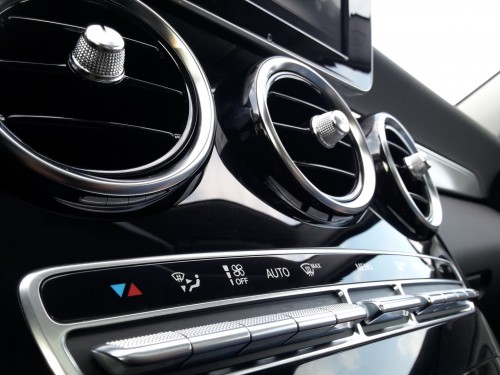
ENERGYThermal management, beyond the expectations of passenger comfort
In a legitimate fuel-savings context, all vehicle components participate in energy efficiency, thermal engineering does too. Cold starts, comfort, de-icing, lubricant viscosity... each challenge has its specific response.
DIFFERENT TEMPERATURE REQUIREMENTS DEPENDING ON THE SITUATIONS
The first purpose of correct thermal management is to minimise the impact of comfort requirements such as heating the passenger compartment without generating extra consumption, or limiting extra consumption caused by air conditioning to a minimum. In an equivalent context, de-icing and cold starts reveal significant thermal issues. Some of the areas of research are considering looking at systems making it possible to stock the previous day’s heat.
THERMAL ENGINEERING AT THE HEART OF COMBUSTION ENGINE EFFICIENCY
One of the characteristics of engine oil is that it reaches the ideal viscosity at a given temperature. When too cold, the viscosity does not allow to optimise fuel consumption, and when too hot, the oil suffers oxidisation. The purpose of thermal management is to organise heat exchanges in order to reach the ideal temperature as quickly as possible and then to maintain that temperature in all driving situations.
ELECTRIC BATTERIES ARE DIRECTLY IMPACTED BY THE TEMPERATURE
With electric batteries, if the temperature is too cold, the chemical reaction does not occur and output drops. If the temperature is too hot, there can also be a risk of damage and lower output. It’s a fact: the future of electric vehicles will also involve an especially fine and sophisticated management of heat exchanges.
|
THERMO MANAGEMENT
Even though rarely considered to be a primary function, thermo-management is nevertheless an essential parameter in terms of emissions, performances and consumption
SEA
Liquid natural gas is increasingly seen as a solution that is both economic and ecological compared to heavy fuel.
ENGINE LUBRICATION
The right engine oil firstly implies the correct thermal control of all the fluid circuits |

















